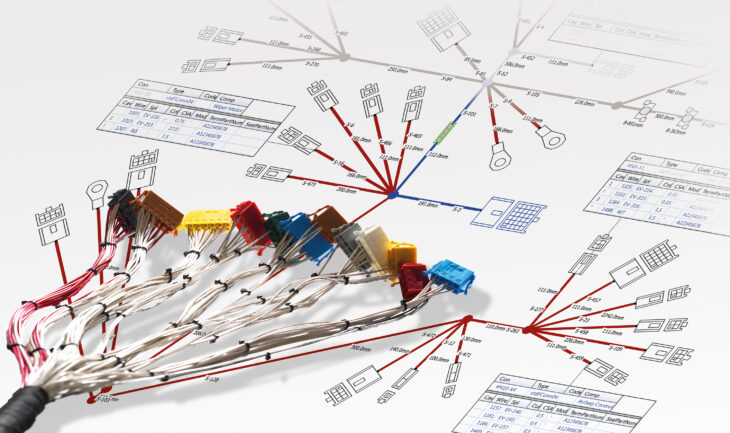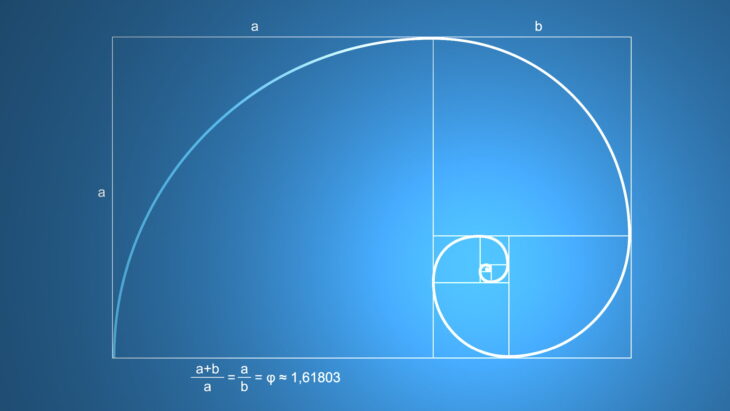Are you looking to take your stock trading game up a level? Are you ready to stop being intimidated by the markets and finally start seeing returns on your investments? If so, then candlestick trading might be the perfect solution for you. Candlesticks—or candles as they are commonly known—are an essential technical analysis tool that can help savvy traders read and predict market movements more accurately.
Whether you’re a complete beginner or have been trying different strategies up until now, understanding how to use candlesticks correctly is vital to improving your market performance. If this sounds like something that interests you, stay tuned. In this article, we’ll delve into what makes these tools so empowering and provide some practical tips on using them to improve your results in the future.
Understand the different types of candlesticks used in trading
Candlesticks are an invaluable tool for trading, and understanding their behaviour can be a great asset when making your entries and exits. The different candlestick patterns have several distinguishing features, so it is essential to familiarise yourself with them before making rash decisions.
Longer body candlesticks indicate greater volatility in the market and typically display low closing prices. In contrast, short body patterns may display a more excellent range of highs and lows throughout the session, depending on the market’s direction. Spinning tops are also commonly used and generally indicate that buyers and sellers have yet to gain control during the session.
While it may take some practice to understand how to read candlestick charts accurately, having a basic grasp of their behaviour will go a long way in helping you make prescient trades.
Know the essential components of a candlestick chart
Candlestick charts are composed of a body, wicks, and tails. The colours of the candlestick can tell you a lot about the market behaviour for that particular day—or in the case of options markets, week. Traders often use green candles to indicate buying pressure, while red indicates selling pressure.
The body is the chart’s central portion showing the difference between prices at their opening and closing positions. The wicks on either side show where highs or lows have been reached within that session. Tails show higher levels above or below price action throughout the trading period but do not affect whether a candle is bullish or bearish.
Recognise patterns to help you make better decisions about when to buy or sell
One of the most potent aspects of trading with candlesticks is that they can give you an insight into potential trends. Awareness of typical patterns can help you make better decisions regarding buying and selling options.
The hammer pattern, for example, is composed of a small body (either red or green) which appears at the bottom of a downtrend. The long lower wick signifies that buyers have begun to push prices back up, indicating a possible reversal in trend. On the other hand, if prices hit resistance levels such as those created by the shooting star pattern during an uptrend, it may be a sign that there’s too much supply from sellers, so prices may soon start falling again.
Recognizing and understanding these patterns is essential to your success in options trading. Paying close attention to changes in the market gives insight into when the best time for you to buy or sell options may be.
Use trend lines to help identify support and resistance levels
Support and resistance levels are essential to pay attention to when trading with candlesticks. Trend lines help you identify these areas on a chart, signalling how the market may move in either direction as prices approach or go through them.
Using two trend lines that form an angle can also be helpful. If the price of an asset begins to move in a different direction than the angle of the trend line and then crosses them, this could indicate that it may continue to go in that same direction.
In addition, support and resistance levels are also helpful when determining a stop-loss point. If the asset’s price reaches either of these levels, you should consider selling the option before any further losses are incurred.
Develop your strategy for using candlesticks in trading
The most important thing to remember when it comes to trading with candlestick charts is that they can help you make more informed decisions, but ultimately the success of your trades depends on you. You need to develop a strategy tailored specifically to your needs and preferences.
For example, some traders prefer short-term options, while others opt for longer-term strategies such as swing or position trading. Others may use indicators such as MACD or stochastics in addition to candlesticks.
No matter what type of trader you are, it’s crucial to understand how candlesticks work before making rash decisions. By studying these components carefully and developing an effective strategy, you’ll be able to identify market trends better and make more strategic trades in the long run.
















You must be logged in to post a comment.